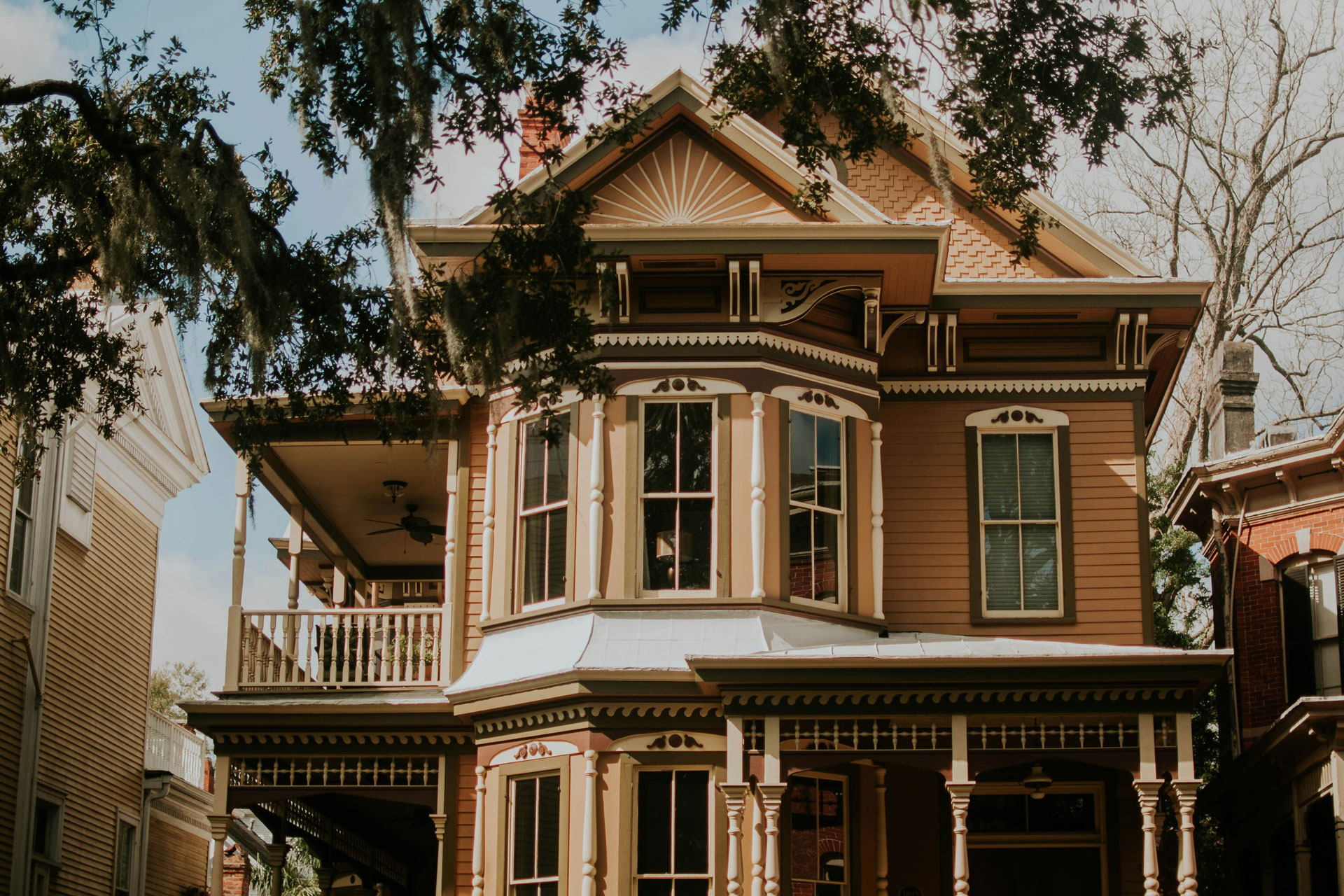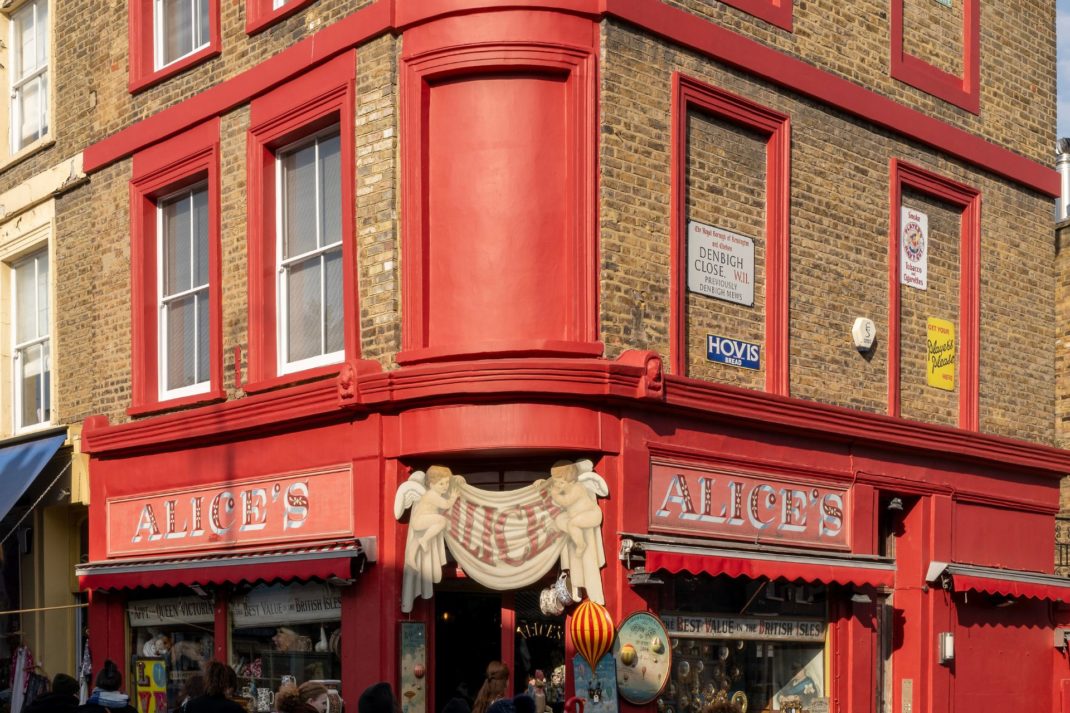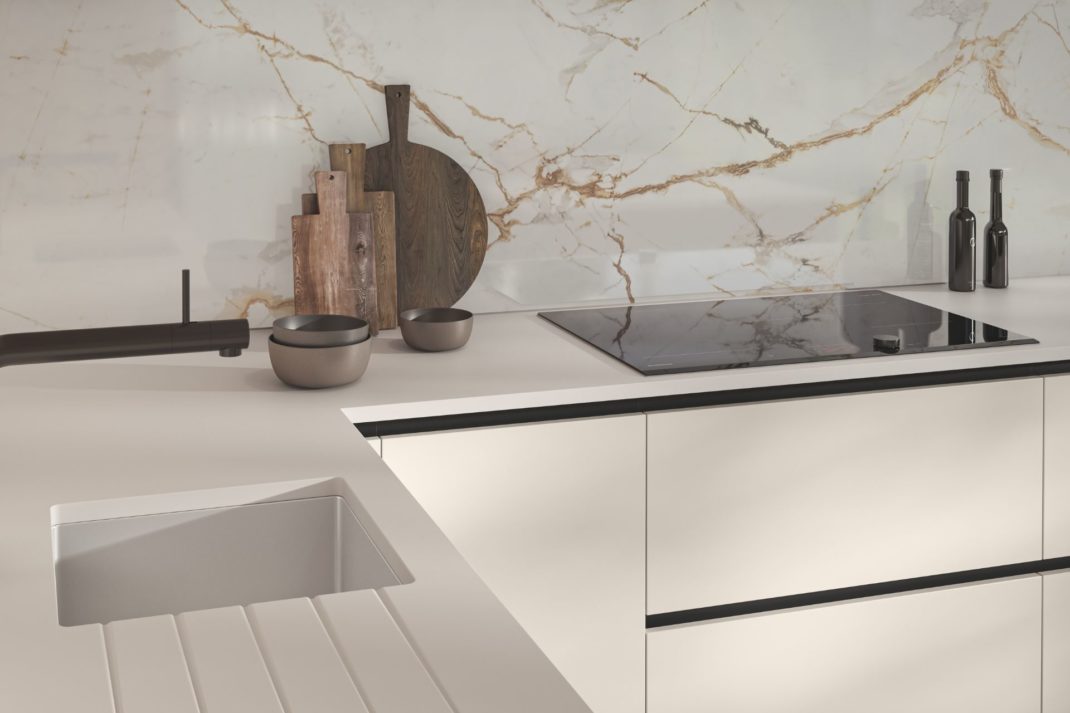The Green Coach: How Will I Be Able To Afford A Heat Pump?
By
1 year ago
Navigating the world of heat pumps

Feeling eco-confused? In our monthly Green Coach column, Lucy Johnson, psychotherapist and founder of sustainable lifestyle consultancy Green Salon, will be tackling all our biggest questions and confessions about the complexities of living a greener life. Up this month: how will I ever be able to afford a heat pump?
This month’s dilemma was…
Dear Lucy,
We’re keen to get a heat pump but we keep hearing scare stories about the cost of them. We live in a terraced Victorian house, and we hear we’ll need new radiators, and hugely expensive insulation, and while we’d like to do our bit for the planet, we’re not in a position to spend that much on our house right now. I’m worried we just won’t be able to afford it.
Gemma

Lucy Johnson, by Vicki Knights
Dear Gemma,
I absolutely understand your worries. With life becoming more and more expensive since the pandemic, the thought of a costly home retrofit on top of it all can feel overwhelming. I’ve had quite a few people get in touch with me recently with exactly the same worries as you.
Unfortunately, it’s true that living in a draughty Victorian home is not ideal for a heat pump without some retrofitting. And the costs can add up. However, you’ll probably have found your gas bills have gone up over the last 18 months as the era of cheap gas heating is coming to an end. So, whether you’re opting for a heat pump or planning to stick with a gas boiler for as long as possible, plugging the heat leaks in your home is a sound investment. Indeed, a report by the Home Builder’s Federation last year, found homes with an A-rated energy performance certificate (EPC) reduced their energy bills by up to £3,100 a year compared to C-rated homes.
The first thing to say is you don’t need to rush. The best way to tackle getting your home ready for a heat pump is to create a (roughly) five-year energy saving plan. I’d recommend holding off on getting rid of your gas boiler while you insulate, but if you do need to swap before, go for the most energy efficient gas boiler you can afford. As you put your energy saving plan into action, you’ll see your energy bills tumble which makes the whole process feel worth it – and enables you to set aside money to top up your insulation.
A few years ago, I created a plan for our period family home to experiment with how much energy we could save by making a few changes. (You can read all about that here). We swapped to entirely LED bulbs, draught-proofed the front door and secondary glazed some windows and turned down the heating to 19°C. Our gas and energy use since 2018 has dropped by 46 percent – which meant that when energy bills soared last winter, we were grateful for the changes we’d made.
The first step is insulation. A heat pump runs low and slow, meaning it’s on for about 20 hours a day at a lower temperature than a gas boiler (45-50°C as opposed to 65-70°C). So if your home is snugly insulated, you don’t have the yo-yoing of hot and cold that is typical of a gas boiler but a steady warmth in your home all day.
As ever, it makes sense to tick off the cheapest option first: by making sure your windows and doors are not blowing mini gales through them. You can buy insulating strips to draught proof your home at any hardware store and fix them on yourself. Incredibly, a typical period home can lose as much as 30 percent of its heat from draughts.
The next step is to check if you have loft insulation. Essentially, you want to wrap your home in a duvet of insulation to keep in as much heat as possible. Like everything, the cost of insulating your loft has gone up in price recently and for a terraced house like yours is around £880, according to the Energy Savings Trust. Loft insulation will knock around £240 a year off your gas bill and so will repay itself in just over three and a half years.

Getty Images
The big-ticket item is double-glazing. You don’t say if your windows are double-glazed, but this is often the most expensive upgrade people make. One option to lower the price is to opt for secondary-glazing. When I work with clients as a Green Coach, I often recommend Mitchell & Dickinson, the country’s leading specialists in insulating period and listed homes. They offer secondary glazing which comes in about a third cheaper than installing double-glazing. They can also advise on the optimum amount of insulation as period homes like yours need to be able to ‘breathe’ and not trap moisture in them.
Under-floor heating is ideal for heat pumps as it generates a steady warmth from the floor throughout the day. But if you don’t have it, you don’t need to go to that expense. The larger your radiators the better, as they have more surface area to radiate warmth. In some houses, heat pump engineers suggest up-sizing some of your radiators but not in all. As you live in a terraced house, without many outside walls, you can also probably skip internal wall insulation, which is a significant extra cost.
Once you’re a few years into your insulation scheme, there’s a simple trick for checking if your home is heat pump ready: turn your gas boiler thermostat down to 50°C (the running temperature of a heat pump) and leave it on in a cold snap. If your home feels warm enough, you’re ready to engage a heat pump consultant. If not, it’s time to add some more insulation to your home, or upsize a radiator or two.
Before the end of this decade, you’ll find that your changes have made your home snugger. The cost of electricity by then is likely to have dipped below the price of gas, which will be harder to come by, making a heat pump cheaper to run. And if you’ve raised your home EPC rating from an F to a C your property will be emitting significantly less carbon. On top of that, it could be worth an additional £55,000 or so, according to Rightmove**. So, your plan should repay itself several times over and all feel worth it in the end.
Lucy
If your home is heat pump ready now, the government’s Boiler Upgrade Scheme offers £7,500 off the cost of a new heat pump. You can check your eligibility here.
If you’d like to quiz Lucy in-person about cutting your energy bills, then sign up for her online workshop, Get Heat Pump Ready, on Tuesday, 19th March. Details on the Green Salon website.






